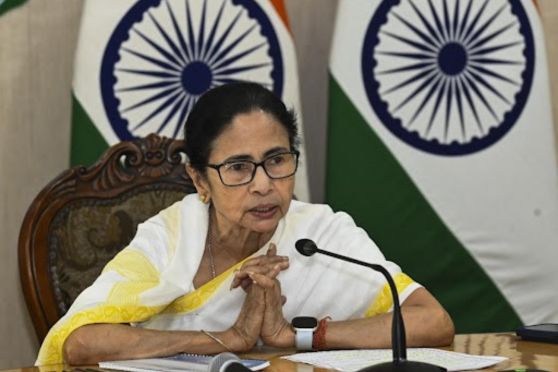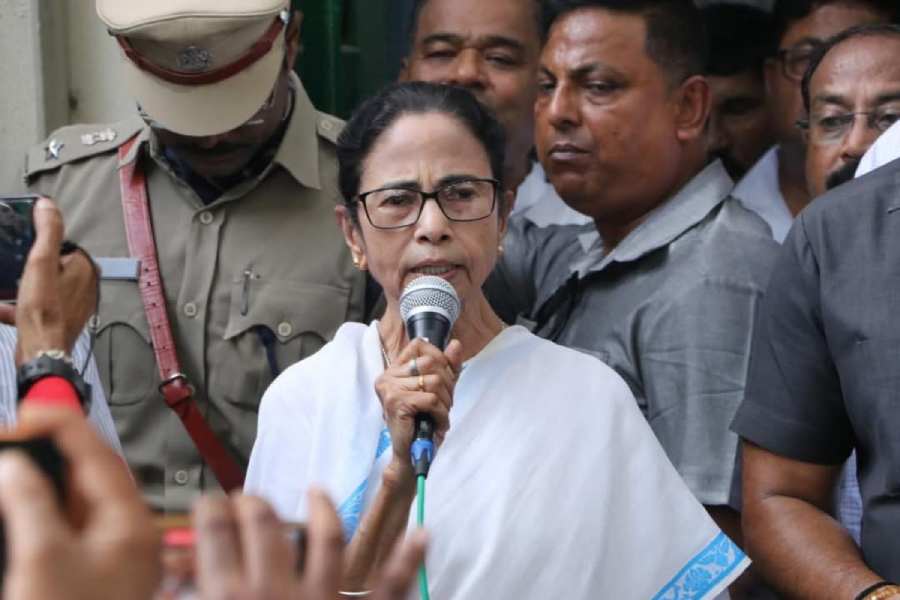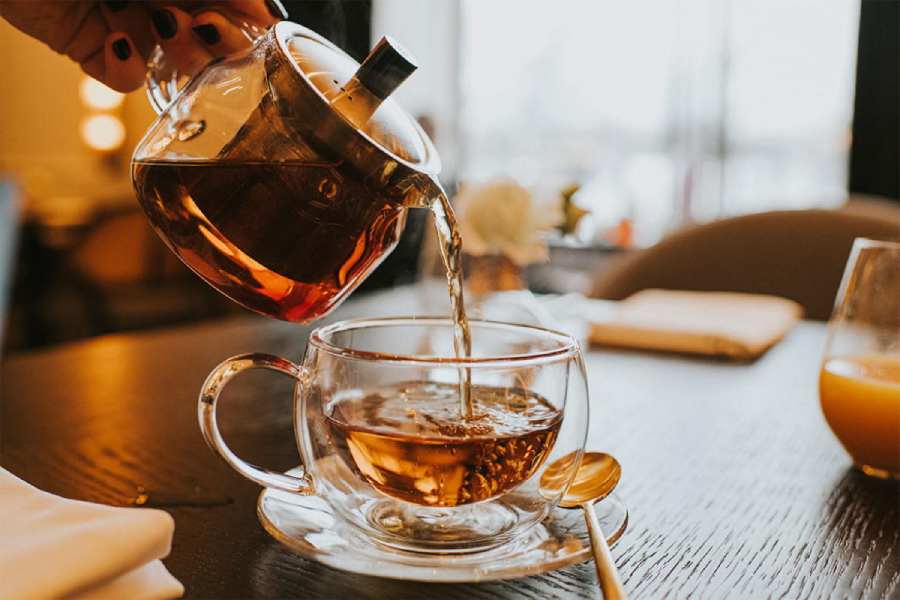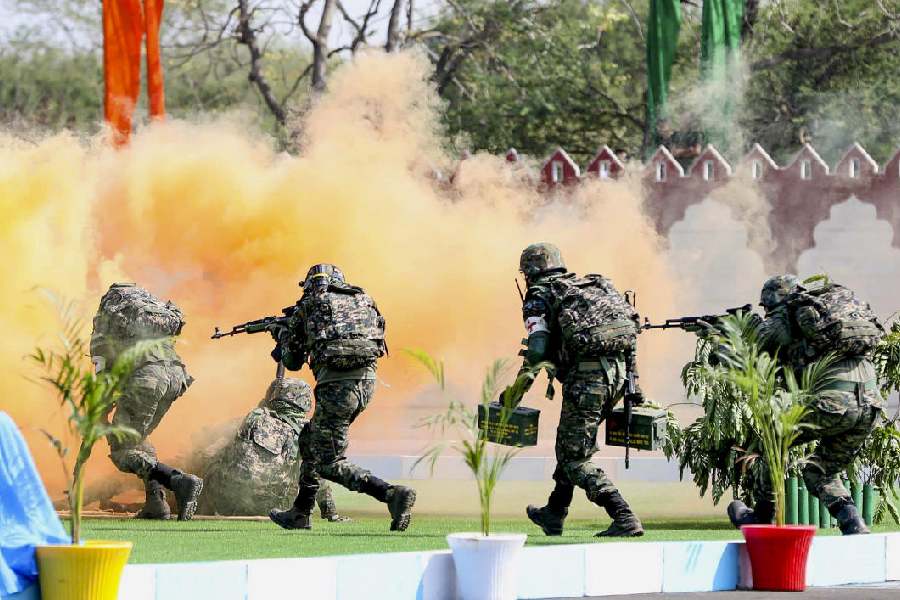.jpg)
If you think rasgullas are as Bengali as Bappi Lahiri, think again. Odiyas will have you know that it comes from Odisha.
Rasgullas have kicked up a bit of a furore with both sides claiming rights to that innocuous white cottage cheese ball soaked in syrup. It originated in Bengal after the Portuguese introduced chhena, the Bengalis claim. Ha, we were feeding it to our gods well before the Portuguese came, the Odiyas scoff.
I asked D.P. Pattanayak, a renowned linguist who has lived in Odisha and Bengal (and elsewhere), about the debate. “That the rasgulla was used as an offering in Puri’s Jagannath temple finds mention in the Madala Panji, a document recording the history of the Puri Temple,” he holds. “The Madala Panji is believed to belong to a period between the 12th and 16th centuries. So it is at least 400 years old,” he says.
It’s not just the origins that people are divided over. It’s the taste as well. The Bengali rasgulla is (in most places, at least) spongy; the Odisha one is softer, sweeter and mostly brown.
.jpg)
.jpg)
“Odisha rasgullas’ colours vary from white to brown, depending on the consistency of the sugar syrup, though generally they are brown,” says Madhumita Mohanta, the executive chef of The Lalit Great Eastern Kolkata.
But while the debate over the rasgulla carries on, I have to say that the sweets of Odisha are simply out of this world. I am going to stick my neck out and declare that its chhena pora is the best sweet in the country.
“It is Odisha’s signature dessert,” agrees chef Mohanta. Traditionally, chhena is wrapped in sal leaves and then baked in a charcoal oven for long hours. “The outer crust caramelises and turns a delicious brown and it gets its smoky flavour from the leaves, while on the inside it remains soft and delicate,” she explains.
There are a great many other sweets that Mohanta revels in. Her favourites are the aarisha kakara pitha, prepared with jaggery and rice flour topped with sesame seeds, and other pithas such as gaintha godi, karanji and suji kakara.
.jpg)
Then there is gaja, a deep-fried sweet, or the rasabali, pancake drenched in thickened milk flavoured with saffron. “Rasabali is a delicacy of Kendrapara and the temple prasad of Lord Baladevjew,” she says.
Unlike Bengal, where there is a sweetshop on every street corner, sweets are mostly prepared at home in Odisha, says Aftap Rahaman, the executive chef of Hotel Hindusthan International in Bhubaneswar. The chef realised this once he started working in the Odisha capital. That was also his introduction to Odisha sweets as he travelled to remote villages to know more about the food of the state.
“Being a typical Bengali, my mother used to make a variety of sweets at home. And as a child I would steal them from the kitchen and eat them,” he reminisces. But in Bhubaneswar, he adds, he came across some “extraordinary traditional sweets” which broke one of his old beliefs — that “Bengal was the only place for sweets.”
He mentions the pheni or khaja, a sugary crispy puff that is a part of the chapana bhoga in the Jagannath temple. “It is said that Lord Jagannath appeared in a man’s dream and told him how to make these sweets,” he says.
I like the folklore that is associated with the sweets. A coffee table book called Bhog – Temple Food of India by Geeta and Arun Budhiraja tells us how Jagannath, who had been away from home for nine days, offered Lakshmi a rasgulla when she wouldn’t let him enter the house. Since then, the authors tell us, rasgullas are served to devotees on the ninth day of the Rath Yatra.
It’s interesting to see how food meets lore. It certainly gives a zing to rasgullas!
Photographs by Rashbehari Das;
Courtesy: The Lalit Great Eastern Kolkata

.jpg)








